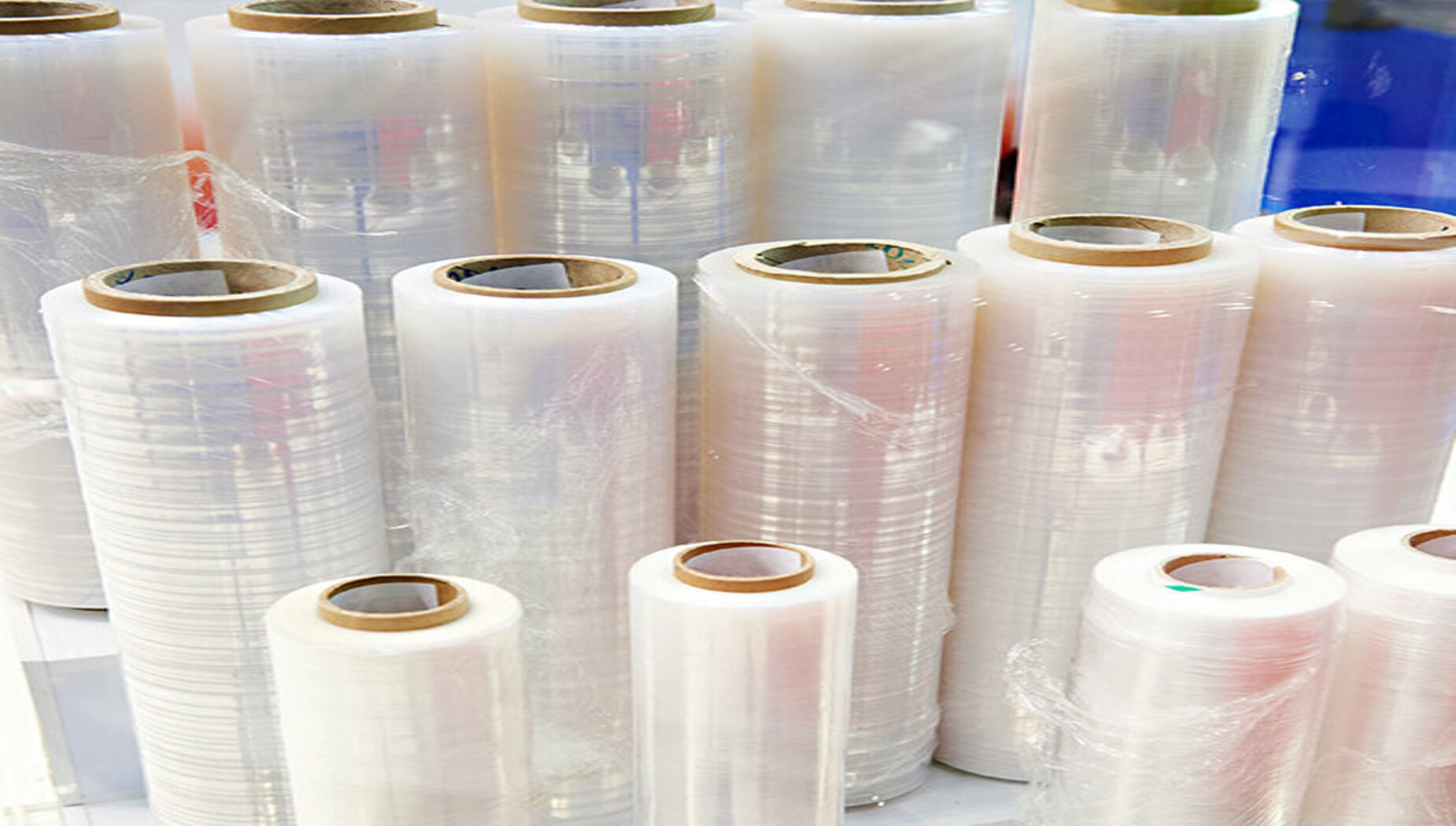Plastic furniture wrap is one of the most essential pieces of equipment your movers should utilize when moving your furniture items and its importance cannot be overstated. Furniture wrap is used to keep drawers, on dressers or other items, closed and in place during transit. It can also keep any furniture pads, used to protect your items, in place so they will not fall off during the moving process. Wrapping your furniture, and the presence of furniture wrap, is a benchmark you can use to help judge whether a moving company is reputable and professional. In this article we will go over the importance of utilizing furniture wrap, it uses, and how to properly utilize furniture wrap.
Overview
Outside and dollies and pads, furniture wrap is probably the most utilized piece of equipment by any professional moving company. Any piece of furniture that has drawers, cabinets, or doors that can be opened need to be secured shut with furniture wrap. If not secured, the drawers, cabinets, or doors on your furniture piece may open up during the moving process, causing potential damage to both your piece or new residence. Examples of furniture that needs to be wrapped shut include dressers, nightstands, refrigerators, or any other items that have the potential to open up.
Furniture pads are another necessary and integral part of any movers equipment ensemble. Furniture pads will provide an additional layer of protection against scratches, abrasions, or contact with walls and other furniture items during the moving process. Unfortunately, on their own, furniture pads will not stay in place and slip off when the furniture item is being moved. This is where the plastic furniture wrap comes into play. First apply your furniture pad in the way that covers most of the furniture and fold at the corners if necessary. Now you can apply the furniture wrap around the piece to keep the furniture pad in place so that it may be safely moved to the moving truck. We will discuss how to properly apply furniture wrap later on in this article.
Besides preventing drawers from opening and making sure your furniture pad stays in place, furniture wrap also plays a vital role in protecting your goods. When loading, transporting, and unloading your household goods there will be a time when your items are exposed to the elements and the back of a moving truck. Most moving trucks, unless they are brand new, will have done a considerable amount of moves – and not always with the cleanest of items. Utilizing furniture wrap, and ensuring it is tight, will add an extra layer of protection from the dirt, dust, and debris that inevitably comes along with moving houses or apartments.
We highly recommend you have your moving crew wrap your mattress, box spring, any couches, loveseats, etc in furniture shrink wrap in order to protect it while it is being moved from your old residence to your new one for reasons mentioned in the previous paragraph.
Uses of Furniture Shrink Wrap
We have already discussed some of the major uses for shrink wrap when attempting to protect your furniture.
Furniture wrap helps keep any household goods that have the potential to open up, especially while being moved, from doing so – preventing any unintentional damages.
Furniture wrap keeps your furniture pads in place – allowing them to properly protect the household goods they are wrapped around.
Furniture pads also help protect your items from any dirt, dust, or debris that they may encounter during the loading, transportation, and delivery. This is especially necessary considering the cleanliness of most moving trucks/trailers cannot be accounted for.
But just when you didn’t think furniture wrap could be any more useful – allow me to prove otherwise.
Our movers are trained, upon disassembly of any furniture items, to wrap any hardware, smaller or skinnier parts, and any relevant pieces, in furniture wrap to ensure they do not get lost. This includes items such as table legs, bed side frames, and other various items. Small hardware, such as screws, bolts, etc, can be shrink wrapped directly onto the piece they came from in order to ensure they do not get lost and stay with the item at all times.
Glass and mirrors, when wrapped with a thin layer of tape or furniture wrap, have shown to be much more durable during the moving process. Tape or furniture wrap will disperse the force of any object coming into contact with the glass or mirror, sometimes preventing any cracks or breaks when one would otherside occur.
How to use Furniture wrap
Furniture shrink wrap will come in a hollow, cylindrical shaped tube. Much like tape, you will have to find the starting edge of the shrink wrap on the outermost layer of the cylinder it is on.
Once you locate the starting point of the furniture wrap role, you will need to find an anchor point on the furniture items in which to secure the wrap for a starting point. Our team often uses the legs of dresser or nightstands, the handle of refrigerators, drawer handles, etc as a starting and anchor point for the wrap. Tie a small knot around your starting point and you are ready to start wrapping.
If no starting place is visible, such as in mattress or box springs, simply have another person hold the wrap until you make a full loop to cover it.
Once you have the starting point of the furniture wrapped attached to an anchor point, you are ready to wrap! It really is as easy as simply walking around the furniture item until all surfaces have been covered. Make sure to pull the shrink wrap tight after every turn to ensure it stays in place. To cover the top simply run the furniture wrap over the top of the piece several times.
Once fully wrapped to your satisfaction, simply cut or pull really hard, on the end of the shrink-wrap and it will detach and stick to the wrap already on the furniture. Furniture wrap is very sticky to itself.




